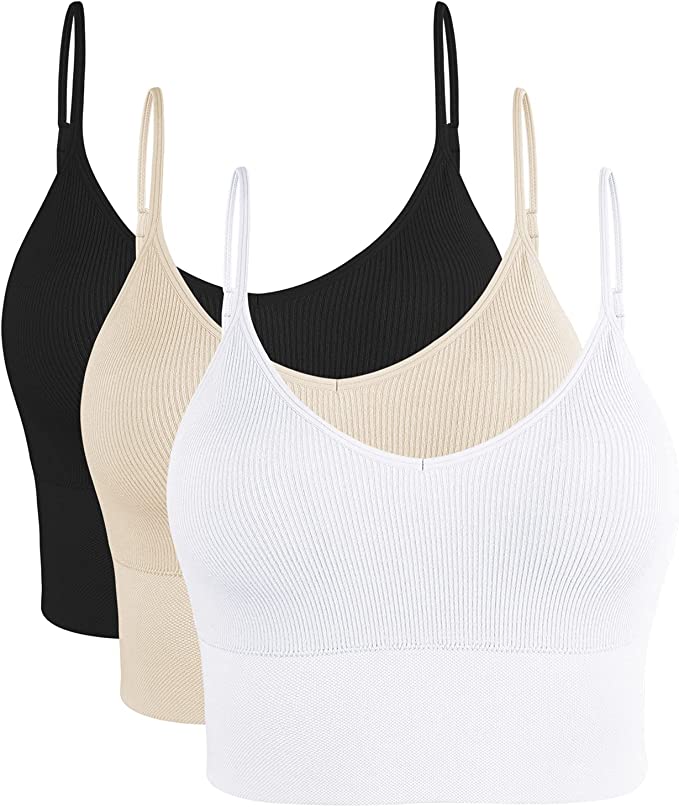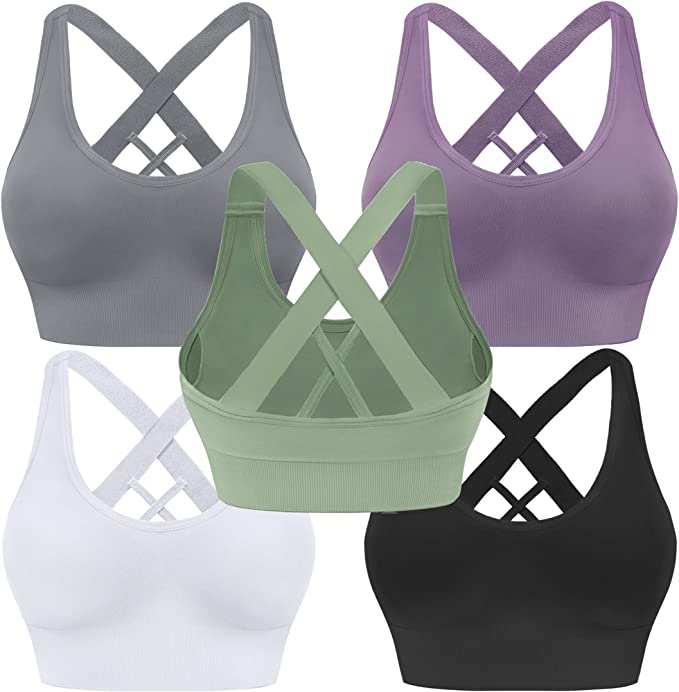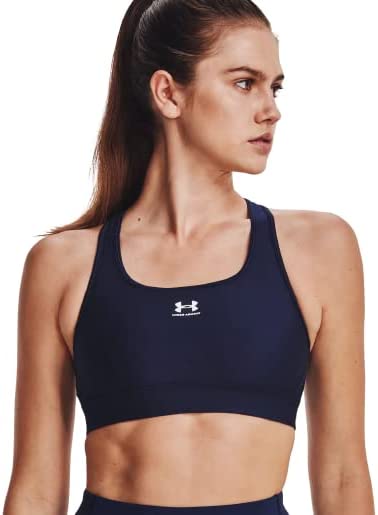UTRYUP Magnetic R05 Rowing Machine: Full-Body Workout at Home
Update on Feb. 8, 2025, 8:46 a.m.
The Resurgence of Rowing: From Ancient Waterways to Modern Home Gyms
Rowing, as a means of propulsion, has a history stretching back millennia. Think of ancient Egyptian barges navigating the Nile, Viking longships crossing the seas, or Venetian gondolas gliding through canals. What was once a necessity for transportation and trade evolved into a competitive sport, with the first official Oxford-Cambridge University Boat Race taking place in 1829. Today, rowing is experiencing a resurgence, not on the open water, but within the walls of our homes. The reason? It’s an incredibly effective, efficient, and accessible form of exercise.

Why Rowing? A Full-Body Workout with Minimal Impact
In our increasingly sedentary lives, finding a workout that engages the entire body without putting undue stress on the joints is a challenge. Rowing offers a solution. Unlike running, which can be hard on the knees and ankles, or weightlifting, which often isolates specific muscle groups, rowing is a low-impact, full-body exercise. It’s a beautiful blend of strength and cardio, working approximately 86% of your muscles with every stroke. This means you’re building strength, improving cardiovascular health, and burning calories – all in one smooth, rhythmic motion.
The Science of the Stroke: Biomechanics and Physiology
Let’s break down the rowing stroke into its four key phases: the Catch, the Drive, the Finish, and the Recovery. Each phase engages specific muscle groups in a coordinated sequence.
- The Catch: This is the starting position. Your knees are bent, shins nearly vertical, and your arms are extended, gripping the handle. Your core is engaged, and your back is straight. Think of it like preparing to jump. Key muscles involved: tibialis anterior (shin muscle), erector spinae (back muscles).
- The Drive: This is where the power comes from. You initiate the drive by pushing with your legs, extending them powerfully. As your legs straighten, you engage your core and begin to swing your back open. Finally, you draw the handle towards your lower ribs by pulling with your arms. Key muscles involved: quadriceps, hamstrings, glutes, latissimus dorsi (back), biceps, trapezius.
- The Finish: Your legs are fully extended, your back is slightly reclined, and the handle is held close to your lower ribs. Your core remains engaged to maintain stability. Key muscles: hamstrings (fully contracted), glutes (fully contracted), core stabilizers, biceps (fully contracted).
- The Recovery: This is the return to the starting position. You extend your arms first, then hinge at the hips, and finally bend your knees, sliding the seat forward. This phase is about controlled movement, preparing you for the next powerful drive. Key muscles: This phase emphasizes controlled relaxation and eccentric contraction of the muscles used in the drive.
This coordinated movement not only builds strength but also significantly elevates your heart rate and oxygen consumption. Rowing increases your VO2 max (maximal oxygen uptake), a key indicator of cardiovascular fitness. A higher VO2 max means your body can utilize oxygen more efficiently, leading to improved endurance and overall health.

UTRYUP R05: The Quiet Revolution of Magnetic Resistance
The UTRYUP R05 stands out in the crowded field of home rowing machines thanks to its magnetic resistance system. But how does it work, and why is it superior to other resistance types?
Let’s delve into the physics. Magnetic resistance relies on Faraday’s Law of Induction and the phenomenon of eddy currents. The R05 has a metal flywheel that spins as you row. Near this flywheel are strong magnets. As the flywheel (a conductor) moves through the changing magnetic field created by these magnets, eddy currents are induced within the flywheel. These are circulating currents of electricity.
Crucially, these eddy currents generate their own magnetic field, which, according to Lenz’s Law, opposes the change in the original magnetic field. This opposition creates a braking force on the flywheel, providing the resistance you feel. The closer the magnets are to the flywheel, the stronger the opposing magnetic field, and the greater the resistance.
Now, let’s compare this to other common resistance types:
- Air Resistance: Air rowers use a fan to generate resistance. The harder you pull, the faster the fan spins, and the more air resistance is created. While offering a dynamic feel, air rowers are notoriously noisy.
- Water Resistance: Water rowers use a paddle spinning in a tank of water. Like air rowers, the resistance increases with effort. They provide a realistic rowing feel but can be bulky and require more maintenance (water changes).
- Hydraulic Resistance. These typically use pistons attached to the rowing arms.
The UTRYUP R05’s magnetic system offers several advantages:
- Near-Silent Operation: The absence of fans or splashing water makes it exceptionally quiet, ideal for home use.
- Precise Resistance Control: The 16 levels of resistance allow for fine-grained adjustments, catering to all fitness levels.
- Smooth and Consistent Resistance: The magnetic braking force is consistent throughout the stroke, providing a smooth and fluid rowing experience.
- Compact and low maintaince: Compared to water rower.

Beyond Silence: Exploring the Features of the UTRYUP R05
While the magnetic resistance system is a core feature, the UTRYUP R05 offers much more:
- 16 Levels of Resistance: This wide range allows for progressive overload, a key principle in strength training. You can gradually increase the resistance as you get stronger, ensuring continuous progress.
- Ergonomic Design: The R05 prioritizes comfort and proper form. The contoured seat provides support, while the adjustable footplates with anti-slip texture accommodate different shoe sizes and ensure secure footing. The padded handle offers a comfortable grip.
- Durable construction: With a frame crafted from alloy steel and aluminum, and, able to support users weighing up to 350 pounds, the machine is built for lasting
- LCD Monitor: The clear and easy-to-read LCD monitor tracks essential workout metrics: time, distance, calories burned, stroke count, and average strokes per minute (SPM). This data allows you to monitor your progress and stay motivated.
- Bluetooth Connectivity and App Integration: The R05 connects wirelessly to the MERACH and KINOMAP apps via Bluetooth.
- MERACH: This app offers a variety of rowing workout programs, from beginner-friendly tutorials to challenging HIIT sessions. It also provides data tracking and analysis to help you monitor your progress.
- KINOMAP: This app takes your workouts to the next level with interactive, real-world rowing routes. You can virtually row through scenic locations around the globe, adding a visual element to your training. KINOMAP also offers structured training plans and coaching.
- Easy Assembly and Storage: The R05 arrives 90% pre-assembled, minimizing setup time. Its foldable design and transport wheels make it easy to move and store, even in limited spaces.
- Nylon Drawstring: Offers durability, tested to withstand up to 2.2 million stretches without lint or fraying.
Your Home Fitness Partner: Workout Plans and App Integration
The UTRYUP R05 is more than just a machine; it’s a complete fitness solution. Here’s a sample workout plan to get you started:
Beginner Workout (Weeks 1-4):
- Warm-up: 5 minutes of light rowing at low resistance (levels 1-3).
- Workout: 15-20 minutes of rowing at a moderate resistance (levels 4-6), maintaining a consistent stroke rate (20-24 SPM). Focus on proper form.
- Cool-down: 5 minutes of light rowing at low resistance (levels 1-3).
- Frequency: 3-4 times per week.
Intermediate Workout (Weeks 5-8):
- Warm-up: 5 minutes of light rowing, incorporating some dynamic stretches (arm circles, leg swings).
- Workout: 25-30 minutes of rowing, varying the resistance (levels 6-10) and stroke rate (24-28 SPM). Include some interval training (e.g., 1 minute at high intensity, 1 minute at low intensity).
- Cool-down: 5 minutes of light rowing and static stretches (holding each stretch for 30 seconds).
- Frequency: 4-5 times per week.
Advanced Workout (Weeks 9+):
- Warm-up: 5-10 minutes of light rowing, dynamic stretches, and some core activation exercises.
- Workout: 30-45 minutes of rowing, incorporating a mix of steady-state rowing, interval training, and pyramid training (gradually increasing and then decreasing resistance). Use higher resistance levels (10-16) and vary your stroke rate (26-32+ SPM).
- Cool-down: 5-10 minutes of light rowing and comprehensive static stretches.
- Frequency: 5-6 times per week.
Utilize the MERACH and KINOMAP apps to explore different workout programs, track your progress, and stay motivated. The apps provide personalized feedback and guidance, helping you optimize your training.
Rowing Safely, Avoiding Injury, and Maximizing Results
While rowing is a low-impact exercise, proper form is crucial to prevent injury and maximize results. Here are some key tips:
- Maintain a Neutral Spine: Avoid rounding your back or slouching. Engage your core muscles to keep your spine straight throughout the stroke.
- Legs First, Then Back, Then Arms: This is the correct sequence for the drive phase. Don’t pull with your arms prematurely.
- Don’t Overgrip the Handle: Hold the handle with a relaxed grip to avoid straining your wrists and forearms.
- Control the Recovery: Don’t rush the recovery phase. Move smoothly and deliberately.
- Listen to Your Body: If you experience any pain, stop and rest. Don’t push yourself too hard, especially when starting.
- Regularly check fasteners.
Conclusion: Embrace the Smooth, Powerful Flow of Rowing
The UTRYUP Magnetic R05 Rowing Machine offers a unique blend of technology, design, and physiological benefits. It brings the power and grace of rowing into your home, providing a quiet, effective, and engaging full-body workout. Whether you’re a seasoned athlete or a fitness beginner, the R05 can help you achieve your goals, one smooth stroke at a time. It’s an invitation to rediscover the ancient rhythm of rowing, reimagined for the modern world.







































